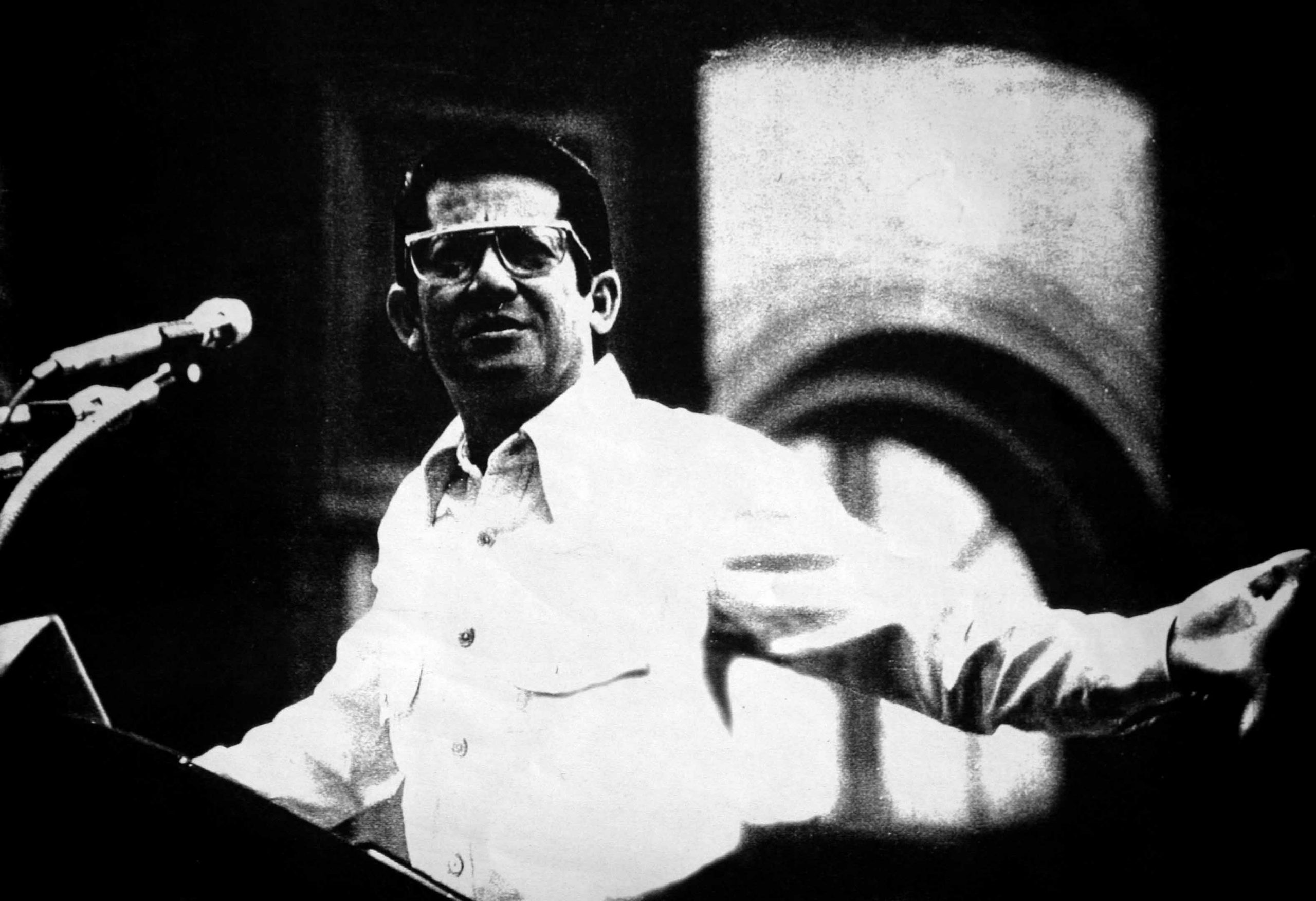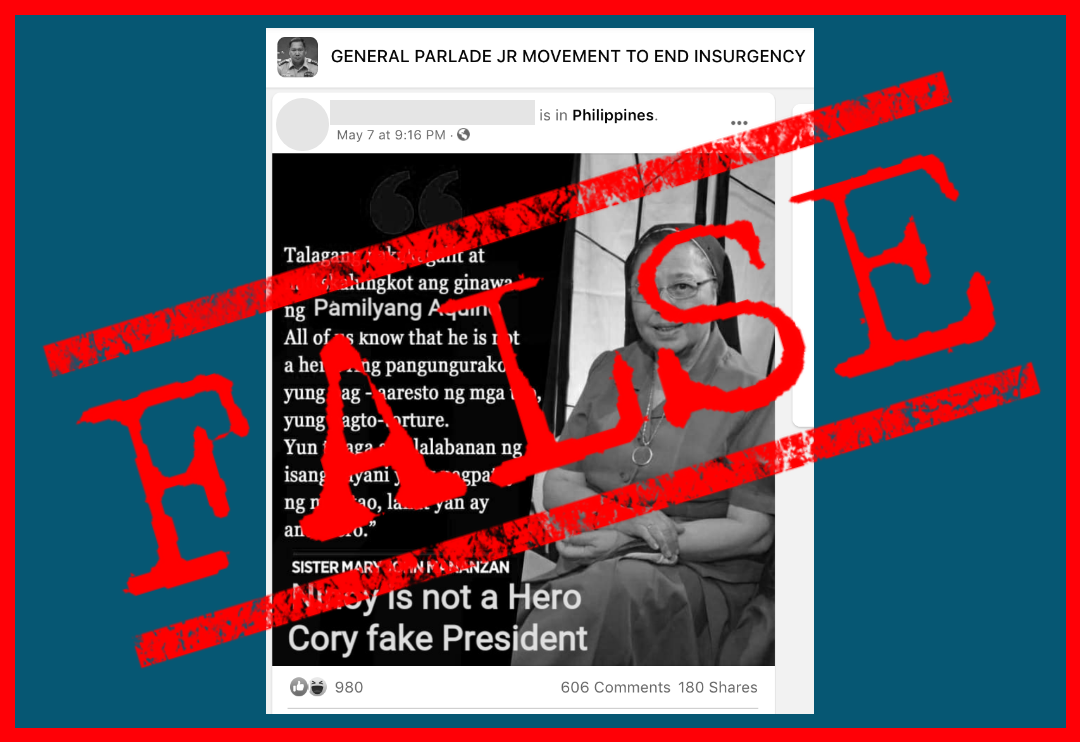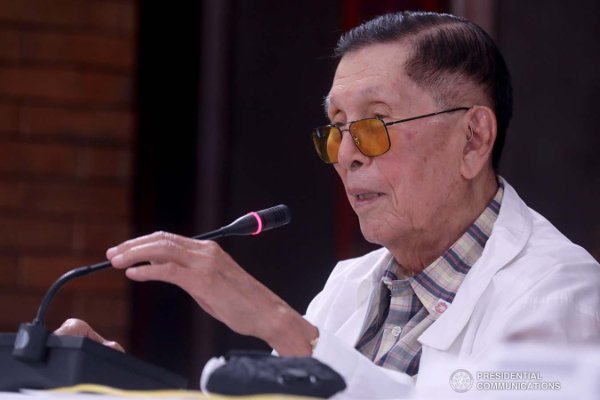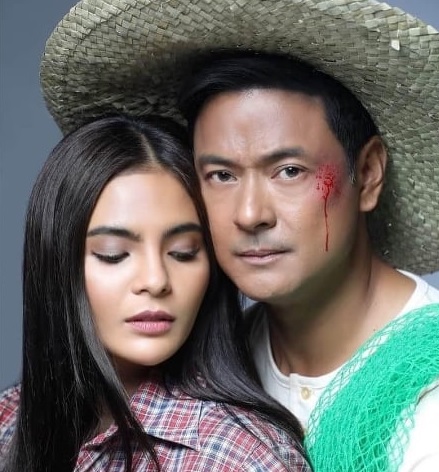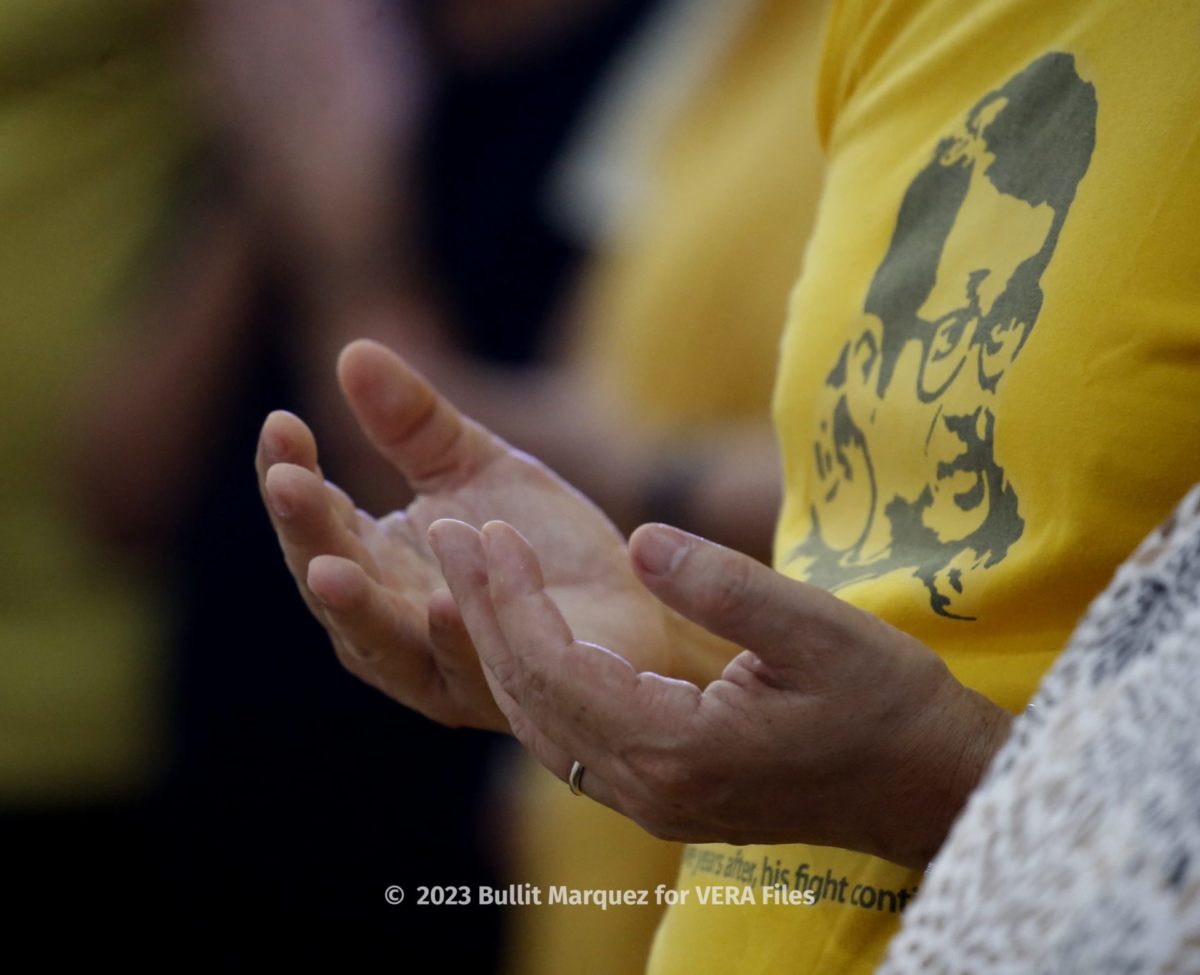This piece originally ran in 2013. We are republishing it on the occasion of the 34th anniversary of the assassination of former senator Benigno “Ninoy” Aquino Jr.
The tape recording starts with the sound of the plane landing and people talking among themselves.
“Everybody remains on board,” one of them says.
Moments later, a single gunshot rings out and women are wailing.
“What happened? What was that?” a woman’s voice asks.
More gunshots. The wailing becomes louder.
Then an order from several men: “Inside, inside, inside!”
“The soldiers… shot Ninoy. He’s dead out there,” a woman cries out.
These are the voices Time Magazine correspondent Sandra Burton captured on her microcassette recorder on the afternoon of Aug. 21, 1983, right after China Airlines Flight 811 carrying former Sen. Benigno “Ninoy” Aquino Jr. landed at the then Manila International Airport.
Burton and several foreign correspondents had accompanied Aquino on the final leg of his journey home from three years of exile in the United States.
When the plane landed, three soldiers boarded and escorted Aquino out. Seconds later, he was dead.
For the past 20 years, Burton’s recording has been in the Sandiganbayan’s custody, forming part of the evidence—20,000 pages of documents, hundreds of photographs, video and audio recordings—the court had collected in the course of the trial against the military men involved in Aquino’s assassination.
For the first time, the Sandiganbayan has made the recording available for broadcast. A portion of it will be heard on the ABS-CBN documentary “Agosto Beinte Uno: Ang Pagpatay kay Ninoy Aquino” commemorating the slain senator’s 30th death anniversary.
The sounds on Burton’s tape capture the atmosphere in the plane in the final seconds before Aquino disembarks, the moment he is shot, and the passengers’ reactions when they realized that the person they had just shared a flight with was now dead on the tarmac.
Burton, then in her 40s, was called to testify and became one of close to 200 witnesses who appeared before the Agrava Fact-Finding Board that investigated the assassination. She turned her tape over to prosecutors.
After an inquiry that lasted a year, the Agrava Board recommended the filing of murder charges against several military men before the Sandiganbayan under then Justice Manuel Pamaran.
In December 1985, the Pamaran court acquitted all respondents.
In 1986, concerned citizens petitioned the Supreme Court to reopen the case, slamming the Pamaran trial as a sham.
The proof they presented to the Supreme Court: the statement made by former Deputy Tanodbayan Manuel Herrera, chief of the prosecution panel in the Aquino case, that ousted president Ferdinand Marcos had influenced the Tanodbayan (now the Ombudsman) and the Sandiganbayan into acquitting all respondents, including Marcos’ trusted ally and friend, Armed Forces Chief of Staff Gen. Fabian C. Ver.
“Magmoro-moro na lang kayo (You just put up a show),” Herrera quoted Marcos saying in a two-hour meeting with justices and prosecutors in Malacanang when the case started.
Marcos’ parting words, according to Herrera, were: “Thank you for your cooperation. I know how to reciprocate.”
Herrera said the trial was scripted, right from the start when the case was assigned in a “make-believe raffle” done in the absence of the media to the installation of TV monitors beaming the trial directly to Malacanang, and the suppression of vital evidence.
When Aquino’s widow Corazon (“Cory”) became president, the Supreme Court ordered a retrial. The case became a landmark in Philippine jurisprudence on exemptions to the rule on double jeopardy.
The case was sent back to the Sandiganbayan. The highest official charged in the case was Brig. Gen. Luther Custodio, head of the Aviation Security Command, the unit of the AFP that maintained security at the airport.
Ver, one of the respondents in the original case, had fled the country after the EDSA People Power revolt toppled the Marcos government. He lived in exile in Thailand.
Also charged but later acquitted was Gen. Jesus Singson, deputy chief of the Civil Aeronautics Board in 1983.
Singson’s lawyer and son-in-law Mario Bautista remembers the trial and in particular the day the Sandiganbayan listened to Burton’s tape.
The court decided to listen to it in the sound studio of former actor Jose Mari Gonzales in San Juan. The studio was packed with the usual courtroom crowd—court personnel, prosecutors, defense attorneys, witnesses.
“I remember they decided to dim the lights so that those listening could focus on the tape,” said Bautista, who is also ABS-CBN legal counsel. “And shortly before the tape was played, the room fell silent. And I found myself standing in a corner right beside this big speaker.”
Burton’s tape records faintly the sound of someone saying, “Eto na (This is it).” Footage shot by a foreign TV crew captures the words by now familiar to Filipinos who lived through the events surrounding the Aquino assassination. “Eto na, eto na! Ako na, ako na! Op! Pusila, pusila (This is it, this is it! Let me, let me! Shoot, shoot)!”
And then, the gunshot.
What is significant about the tape are the reactions of Aquino’s fellow passengers and the conversations Burton had with them.
Burton apparently kept recording as she discussed with fellow foreign journalists what happened.
Some eight minutes into the tape, Burton is heard saying, “It’s very confusing, I mean, I don’t know.” She then answers more questions from someone who sounded like an American.
Man: “They shot Ninoy?”
Woman, presumably Burton: “Yeah.”
Man: “Where?”
Burton: “Right at the bottom of the stairs.”
Man: “When Ninoy was still on it or when…”
Burton: “No, when he got off. I’m sure he’s dead.”
The tape also captures Burton and her fellow passengers after they had disembarked and ran into people waiting to meet the passengers from the China Airlines flight.
Local journalists who covered the airport at the time had been herded by military men to the entrance to the tube where they were to await Aquino. When they learned of the commotion at the tarmac, they interviewed the disembarking passengers to ask them what happened.
One conversation was that of Burton and a Filipino.
Man: “What did you see? Who did it?”
Burton: “Soldiers.”
Man: “How many of them?”
Burton: “I don’t know. I think we’d better wait.”
Man: “Did you recognize him? Aquino?”
Burton: “Yeah.”
Man: “What’s your name?”
Burton: “No, I’m not gonna… this is not the place to talk. We had just seen two assassinations take place right outside our window.”
The tape then records what sounded like Burton comparing notes with fellow foreign correspondents, everyone recalling what they heard and trying to reconstruct the moments when they heard the shorts.
In one portion of the tape, the conversation turns to who killed Aquino, and Burton points out that a Japanese reporter had seen one of the men in khaki, referring to one of Aquino’s escorts, being the gunman.
But a man contradicts her saying, “I did not see a man in khaki uniform shoot Aquino.” To this day, the question who shot Aquino remains subject to debate.
The Sandiganbayan had declared C1C Rogelio Moreno, a constable and one of those who fetched Aquino from the China Airline plane, as the gunman.
It was Moreno who shot Aquino, the court said, based on the bullet’s downward trajectory—entering just below the left ear and exiting through his chin. Moreno was behind and to the left of Aquino as they were descending the stairs.
Moreno and 15 others were convicted and served time. The soldiers have maintained innocence and insisted that the assassin was Rolando Galman, who managed to penetrate the tight security cordon and waited for Aquino under the stairs. Galman was in turn riddled with bullets.
It is the same story pushed by Marcos as early as the evening of Aug. 21, 1983. Marcos said Galman was a communist hitman.
A number of those who were involved in the case have passed away. Custodio died of cancer in prison in 1991. Avsecom soldier Cordova Estelo was stabbed to death in 2005.
Sgt. Pablo Martinez was released for humanitarian reasons when he turned 70 in 2007. The rest of the soldiers were granted clemency by then President Gloria Macapagal Arroyo and released in 2009.
Sandra Burton died in 2004 at the age of 62.
(VERA Files trustee Luz Rimban based part of this article on the script she wrote for “Agosto Beinte Uno: Ang Pagpatay kay Ninoy Aquino,” produced by ABS-CBN, and airing at 11 p.m. on Aug. 25.)
